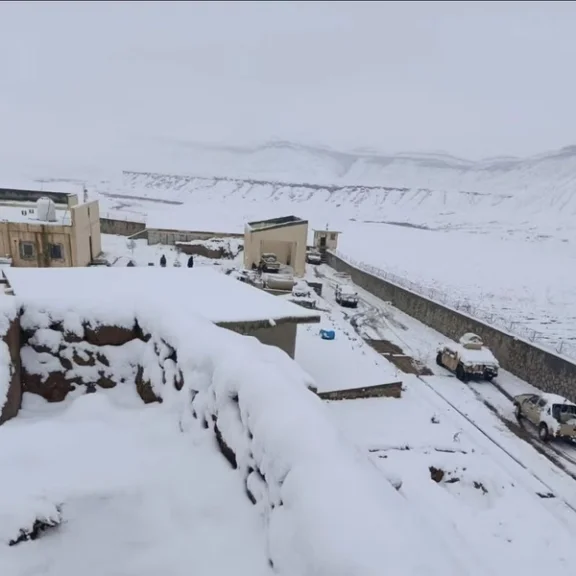A recent executive order by the Trump administration imposing a $100,000 annual fee on H1B visas is much more than a major shift in US immigration policy. It is a geopolitical act with serious global consequences. While the measure is framed as a protectionist move for the American workforce, its most severe and lasting repercussions will be borne by India. The policy strikes at the heart of India’s economic ambitions, undermines its global soft power, and affects the trajectory of its critical relationship with the United States at a time of significant global flux.
The H1B visa program has long been a cornerstone of American technological supremacy, allowing US companies to source elite global talent to fill critical skill gaps and drive innovation. For decades, Indian professionals have been the program’s primary beneficiaries. In recent years, Indians have accounted for over 70% of the visas issued. While the new fee will undoubtedly create short-term hiring challenges and increase costs for American firms, the US possesses a vast and resilient network of world-class universities and a domestic talent pipeline that, over time, can be mobilized to adapt. For India, however, the damage is more immediate, structural, and potentially irreversible.
The primary and most visible casualty will be India’s formidable IT services industry. The business model of giants like TCS, Infosys, and Wipro, worth billions and employing millions, has been heavily reliant on the fluid movement of skilled Indian professionals to client sites in the United States. This fee does not merely increase costs; it renders that foundational model financially unviable. This will trigger a painful and costly restructuring of the entire sector, forcing companies to pivot to less effective remote-work models or nearshoring operations, likely leading to the loss of high-value US contracts to competitors from other nations. The market’s reaction was immediate and telling, the stock of Infosys and Wipro dropped by around 4% on the news, a clear signal that investors foresee a significant blow to profitability and long-term growth. This directly threatens a cornerstone of India’s modern economy and will have downstream effects on urban economies in tech hubs like Bengaluru and Hyderabad.
Beyond the corporate balance sheets, the policy strikes at India’s broader financial clout and dismantles a key pillar of its soft power. Remittances sent home by Indian professionals in the US, estimated to be around $10 billion, constitute a vital source of foreign exchange, bolstering India’s balance of payments. A sharp decline in the number of these workers will constrict this multi-billion-dollar flow. More profoundly, it will sever a crucial artery of influence.
For decades, these IT professionals were more than just employees, they were India’s unofficial cultural and intellectual ambassadors. They shaped American perceptions of India as a technologically advanced, intellectually vibrant, and democratic partner. They built invaluable business networks, fostered academic and scientific collaborations, and created a positive feedback loop that encouraged further American investment and partnership. This influential diaspora served as an essential bridge, advocating for Indian interests in the corridors of American power and business. Weakening this link doesn’t just diminish India’s ability to shape policy in Washington; it erodes the deep reservoir of goodwill and mutual understanding built over generations.
This executive order is particularly damaging as it lands at a time of growing coldness in US-India relations. It compounds existing friction over trade tariffs and Washington’s unease with India’s purchase of Russian oil. From New Delhi’s perspective, this move will be interpreted as a deliberate strategic snub. It actively undermines years of bipartisan American effort to cultivate India as a key partner in the Indo-Pacific and a democratic counterweight to China. It signals that for all the talk of a shared strategic vision, the US is willing to sacrifice a core component of the bilateral relationship for domestic political considerations. This will inevitably force a strategic rethink in New Delhi, strengthening the case for strategic autonomy and pushing India to diversify its partnerships and reassess its reliance on Washington.
Furthermore, the policy risks fostering a more hostile and unwelcoming environment for the wider Indian community in the United States. By placing such an exorbitant, almost prohibitive, financial barrier to entry, the executive order lends a veneer of legitimacy to anti-immigrant narratives. This threatens to inflame an undercurrent of anti-Indian sentiment that is already present and can be felt strongly on social media platforms. A policy of this nature could easily translate into a measurable rise in real-world anti-Indian racism and discrimination, a deeply sensitive issue that resonates strongly across Indian society.
In conclusion, the imposition of a $100,000 H1B visa fee is a policy whose repercussions will be felt far more acutely in New Delhi than in Washington. While the US economy may adapt, the Indian IT sector faces an existential challenge. The move serves as a stark reminder that the US-India relationship is still not out of troubled waters, susceptible to the winds of domestic politics.
More broadly, it signals a troubling global trend where protectionism is rising at the expense of free trade and the liberal values that have long underpinned international cooperation. The order dismantles a key pillar of the US-India relationship, erodes India’s economic and political influence abroad, and creates deep uncertainty for a nation that has long viewed America as a strategic partner.






